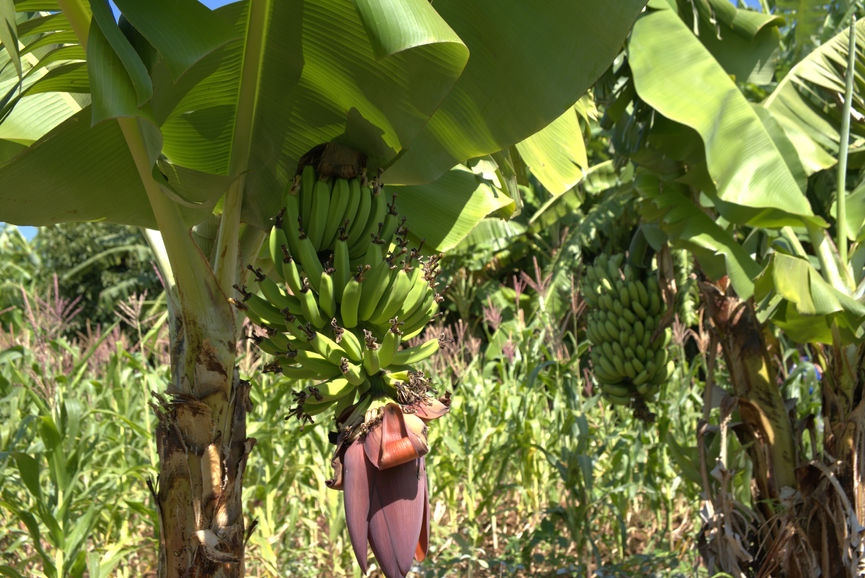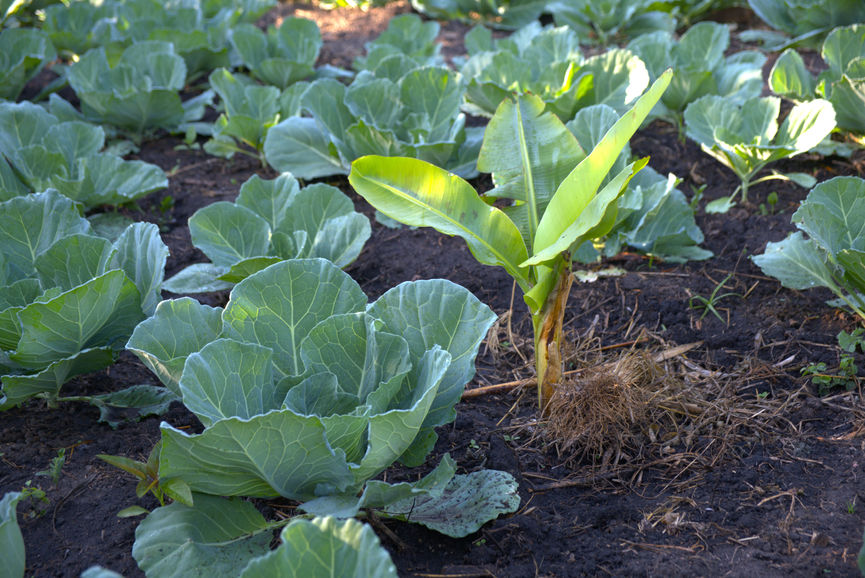
Rural Roots: Chibvungwe
Crop Collective Garden
Chimela Nyirenda and I worked together to start this group and develop the gardens. It was aptly timed, as agricultural activities in this area were disturbed by a historic drought in the 2023/24 growing season. The garden has been a lifeline for the community, improving food security in a time of hardship.

Because of traditional cattle herding practices, it is impossible to sustain gardening activities without a robust fence. The Rural Roots Garden is protected by an impenetrable banana grove, and reinforced with a boundary of vetiver grass and gliricidia.
In the 1.5 acre garden, we have worked to introduce agroforestry techniques, integrated pest management practices, and have been transitioning from expensive artificial fertilizers to locally-produced composted manures.


The field and garden areas are intercropped with trees. We planted orchard trees, like macademia and dwarf cultivars of banana, and soil-improving trees, like Leucaena and Gliricidia.
XXXXXXXXXXXXXXXXXXX
We transitioned to higher-value, more productive, or more resource-efficient varieties of familiar crops, including purple potatoes, Double Mahoi banana, and perennial varieties of nitrogen-fixing maize (pictured to the right), resulting in substantial increases in revenue.


An NGO built a large dam nearby, so the garden area has a shallow water table year--round. Where it's too wet to sustain agricultural activities, we have dug fish ponds, planted Sesbania for green manure production, or grown sugarcane for market.
While water is plentiful, it's still a lot of work to irrigate the garden. The group has dug a series of surface wells to fill buckets and watering cans. Watering takes about six hours a day.







